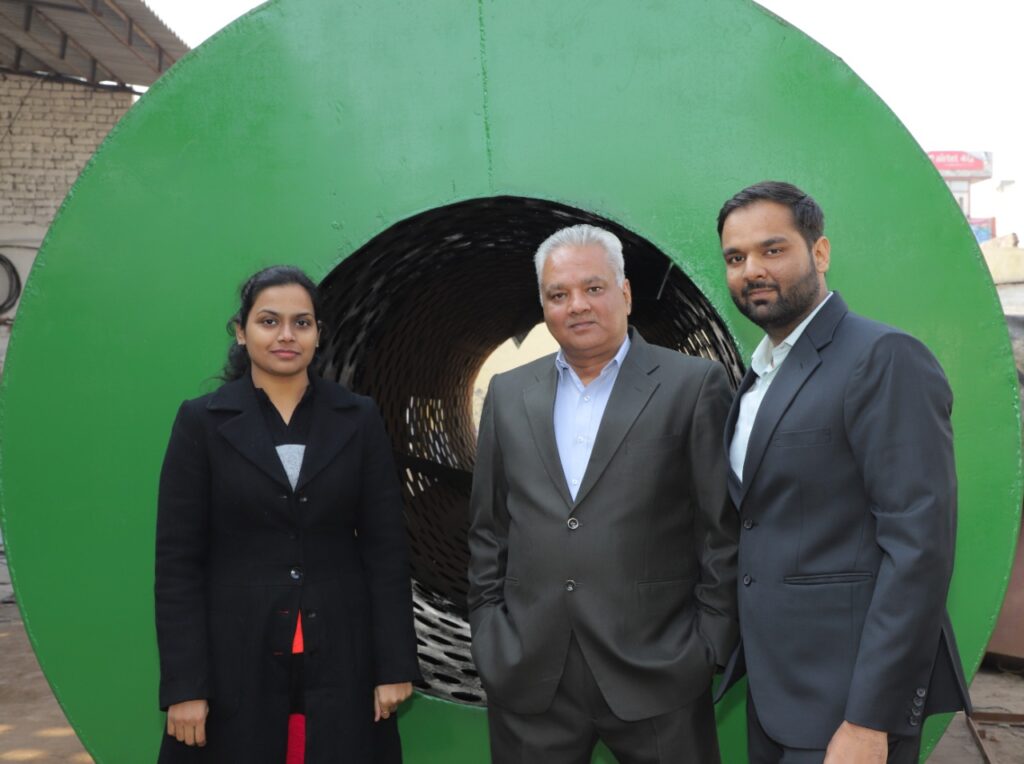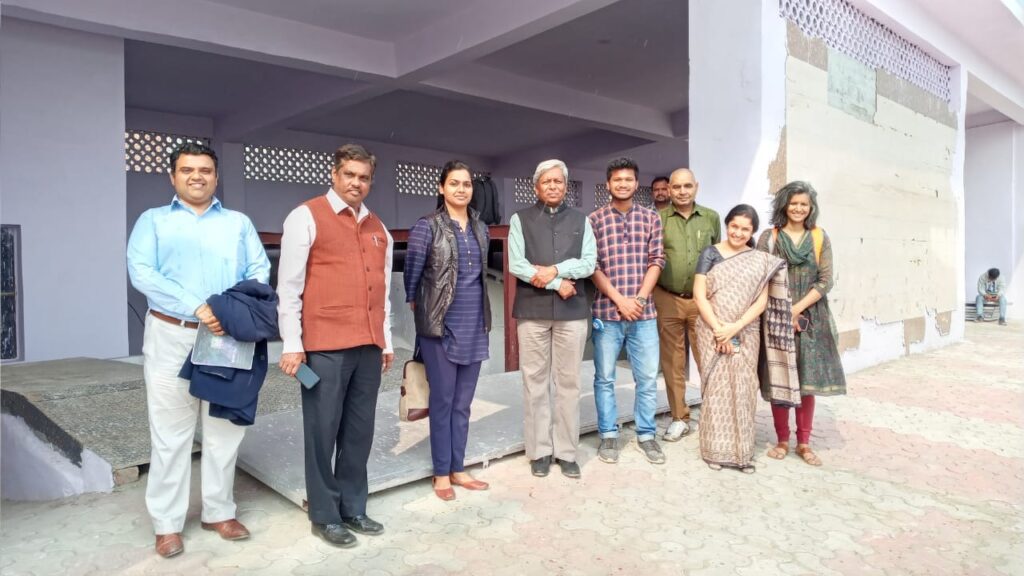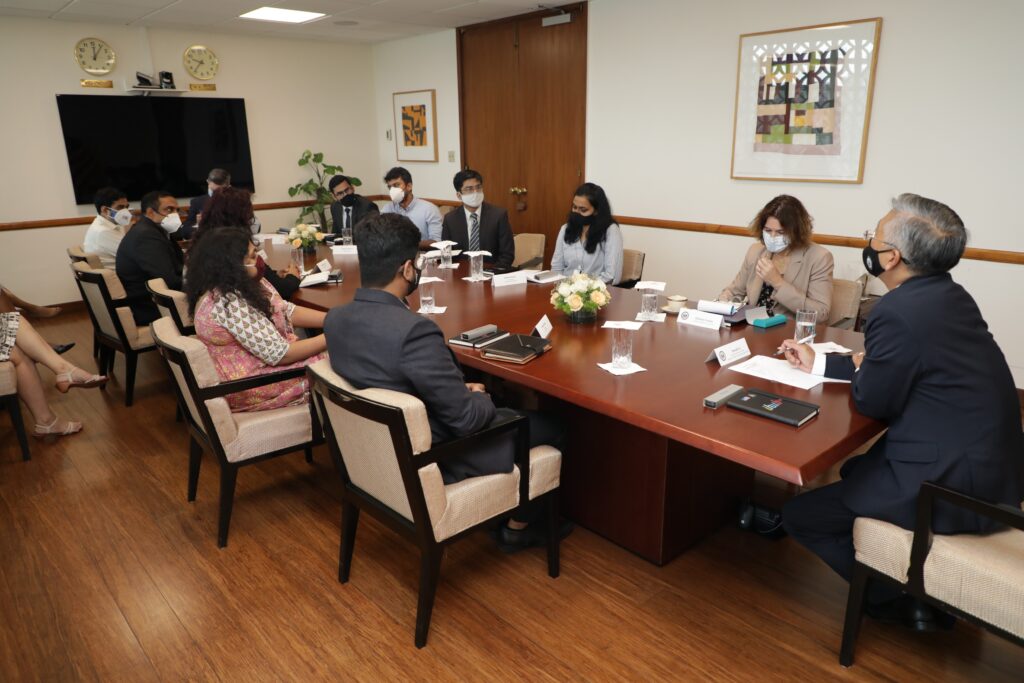Solid waste management (SWM) is a major problem for many urban local bodies (ULBs) in India. According to planning commission report in 2014, urban India’s waste generation will reach around 165 million tonnes by 2030. The lifestyle changes, urbanization, internet commerce are fueling consumption and leading to different forms of waste generation. The improper solid waste management is ending with landfills.
To address these challenges, XAPER has introduced a unique patented sorting-cum-composting machine designed to be placed in decentralized locations i.e. secondary collection points/dhallao. This means 80% of mass and volumetric waste reduction can be done near the source of waste generation itself. The idea of making XAPER was conceived by taking inspiration from the environment and inculcating it into technology.
“I explored multiple industries. However, the environment and energy was always at the core of my heart. I realized that lack of efficient and sustainable way of waste disposal is at the root of all the problems that our planet is facing today. I found that plastic is still a problem for many decades; however, it has become an integral part of our daily lives. The lack of segregation at household level is difficult for waste processing plants and creates additional problems in solid waste management”

“In 2011, I started experimentation on plastic pyrolysis. The concept of pyrolysis fascinated me as it is a recycling in true sense. However, I experienced a number of failures in experiments/testing while turning plastic waste into oil. The availability of segregated plastic waste was a major problem. I restarted the unit and observed that the centralized facilities are not feasible for waste management solutions. So, I realized the need of technology for decentralized waste processing, ” said Ajay Palta, from Xaper waste management.
The Xaper machine consists of a slow moving feeding conveyor that ensures a uniform flow of input waste. Then an enclosed feeding system with bag-opener will ensure no littering of waste on ground. Bio-drying of wet waste, removal of moisture from waste is done by accelerated aerobic decomposition (AAD) Bioreactor and methane and other green house gases not generated in the process. This machine requires less human intervention in waste management thereby preventing public health hazards. Altogether the machine guarantees hygienic and dignified working conditions for sanitation workers.
“We thought local bodies in desperate need of an optimum waste management technology would readily adopt our solution. Sadly, it didn’t happen in the beginning. The waste management sector is a very new and niche sector and with due respect, most of the municipal corporations/urban local bodies/authorities do not have enough knowledge and information regarding the practical solutions which delays the acceptance.
“Secondly, the lack of field data availability was also a challenge to convince authorities. However, after running a pilot project at Delhi Cantonment with the capacity of 10 Tons Per Day, we felt confident about acquiring the on-ground waste processing data and corresponding savings in respective time periods.

After rigorous research and development, XAPER technology is impacting national and international level decision making bodies. Xaper is the winner of NITI Aayog’s Atal India New Challenge, and it is selected by the principal scientific advisor to Govt of India for decentralized waste processing solutions. They represented India’s innovation at Global Entrepreneurship summit in 2019. Team XAPER was invited to the US embassy’s roundtable conference on climate change chaired by assistant secretary of the states Mr. Donald Lu and Deputy Secretary of states Ms. Wendy Sherman.

On a policy level, team XAPER has two key recommendations. The first one is about standardization of technology since; it is not yet standardized in waste management sector. There are many trial and error experiments are happening at field level, however not able to achieve satisfactory results. At the same time, it is becoming hard for efficient technologies to convenience government authorities on appropriate solutions. So, if the technology is standardized, apparently it creates more quality innovation in waste management solutions. The second recommendation is about prioritizing waste disposal and scientific processing rather considering waste collection as a mile stone.
XAPER is addressing the waste management challenges of communities to keep our surrounding environment clean and hygiene.
What is your solution for waste management?
Share your green story!!
Photo credits: E3waste solutions





